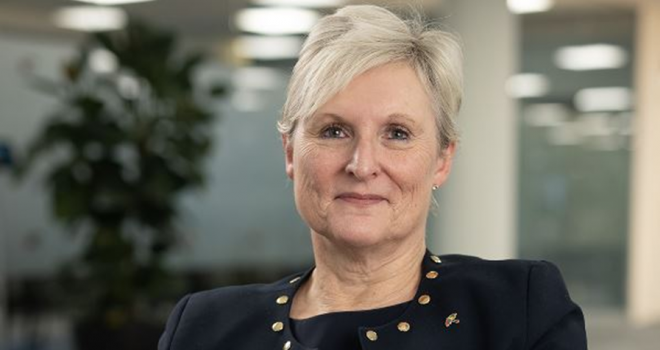
"Based on the biopsychosocial model we deploy, VR focuses on the ‘whole’ person – the physical, emotional, and social."
Group Income Protection (GIP) is well placed to help employers address some of their most pressing problems right now. Central to this is Vocational Rehabilitation (VR), often included in GIP propositions.
It’s hugely valuable, but only if it’s communicated well by our industry. That includes helping employers understand how it differs from Occupational Health (OH) – and why that matters.
“Intermediaries are in a great position to have these conversations with clients.”
Good communication opens the door to good understanding and usage by employers. When VR is utilised, the outcomes speak for themselves. Nearly three-quarters (72%) of employees in the UK who had to take time off work due to ill-health or injury in 2024 – working for an employer offering GIP – were successfully returned to work, according to the latest research from Group Risk Development (GRiD).
After decades of decline, long-term sick leave rates have jumped to the highest level since 2008. Long-term sickness became the most common cause of economic inactivity for the first time in 2022 and remains so today.
“There are many complex reasons for this, but it’s long-held that a lack of communication between employer and employee has a big part to play.”
Failure to communicate with employees means they are unlikely to get the early intervention support they need – the kind of proactive support that could mean the difference between a short and long absence. Or even between a long absence and never returning to work.
Interestingly, it was recently reported that ‘fear of legal repercussions’ was preventing HR from contacting staff on sick leave, cited in the Government’s ‘Keep Britain Working’ whitepaper. While contact is reasonable and supportive, there’s no need for this to be a concern, commented legal experts involved with the report.
Most employees want support when absent. According to Perci Health, which provides our cancer awareness, support, and rehabilitation service, returning to work is a major concern for those with cancer.
“Without early intervention, absence can end up being more prolonged than need be.”
OH primarily aims to ensure the health, safety, and wellbeing of employees at work via services such as health assessments, medical surveillance, workplace hazard assessments, and ergonomic evaluations. Professionals provide advice and recommendations to the employer, including their obligations under the Equality Act 2010.
Recommendations are tailored to an individual’s specific job role. This can inadvertently lead to an ‘all or nothing’ approach to work. While OH may offer medical advice, formal treatment isn’t usually part of its remit.
Meanwhile, VR involves dynamic therapeutic intervention and tangible treatment, in conjunction with relapse prevention techniques. Whether accessing VR via a GIP proposition, or a standalone service, proactivity is key. This involves communication with the employee while absent, to assess their needs.
“Based on the biopsychosocial model we deploy, VR focuses on the ‘whole’ person – the physical, emotional, and social.”
The goal is to support staff in returning to, sustaining, and thriving in the workplace after experiencing ill-health or injury. VR focuses on how the individual is functioning within the workplace and what they can do rather than what they can’t. Not everyone is 100% fit and healthy when at work, but they don’t need to be.
It’s about identifying what an employee can do safely within their job role and using their skills and expertise. Ultimately, the North Star for VR is the notion that good work is beneficial for health and should, therefore, be considered part of an employee’s recovery.
It’s our opinion that VR - when used in conjunction with good quality OH - can provide the best outcomes for employers and employees alike. Small & medium-sized enterprises (SMEs) may find the cost for OH expertise prohibitive, in which case access to VR as part of a GIP proposition becomes ever more valuable.
